Don’t Let Data Silos Derail Your IT Ops

The amount of information collected and stored by today’s enterprises, while useful and important, can be overwhelming, especially if it is contained in disparate systems helping to proliferate data silos. Data silos are isolated databases or repositories within an enterprise where information is stored separately. They often pop up unexpectedly, are difficult to manage, and can impede business operations, leading to wasted time and money. When a customer has an issue, data silos can make it hard for support representatives to access crucial details and respond to the issue in a timely manner. In this blog, we’ll explore data silos and provide ways to prevent them.
What Are Data Silos?
A data silo occurs when a team or department within an enterprise isolates their data, often across multiple databases, preventing sharing and integration. Several factors may contribute to the formation of data silos, including:
- Technical: Incompatible or unintegrated systems or platforms.
- Organizational: Departments or teams operating independently, with separate processes, information-sharing, and budgets.
- Cultural: Individual teams may not share information, as they see data as proprietary
As organizations grow and change, data silos can emerge organically, especially when information is decentralized, or as a result of mergers and acquisitions. While not always easy to spot, data silos can eventually become costly. According to Salesforce, 81% of IT leaders report that data silos are a major barrier to successful digital transformation.
Why Address Data Silos?
Data silos cause confusion and prevent information from being shared. They get in the way of data-driven decision-marking and present challenges in the short and long term. These issues include:
- Incomplete or Inconsistent Data Sets: Siloed data is often inaccessible to users outside the controlling department, leading to fragmented or incomplete information. Data inconsistencies also lead to errors, quality issues, and a lack of trust in organizational data.
- Rising Costs: Duplicate storage, redundant platforms, and inefficient processes contribute to higher costs and wasted resources.
- Reduced Collaboration: When data is siloed, teams may not be able to access important information from their collaborators, leading to lost opportunities
- Security and Compliance Risks: Siloed data often exists in unmanaged environments, such as spreadsheets or personal cloud storage. This increases the risk of breaches and makes it harder to comply with data protection regulations like GDPR or HIPAA.
How Addressing Data Silos Solves Problems
Without cohesive policies, rules, and strategies, poor or inconsistent data quality will persist as a growing challenge, with 56% of data leaders reporting difficulties managing more than 1,000 data sources. Identifying and dismantling data silos can also generate opportunities for growth as well as efficiency.
- Dynamic Decision-Making: When data is centralized and accessible, decisionmakers have a more comprehensive view of the organization, which leads to improved forecasting, trend analysis, and strategy development.
- Operational Efficiency: Integrated data eliminates redundancies and reduces inefficiencies. For instance, automated workflows powered by centralized data can streamline processes like inventory management or customer service, saving time and resources.
- Improved Customer Experience: Unified data creates a 360-degree view of customers, enabling personalized marketing, proactive support, and consistent engagement. This leads to better customer retention and satisfaction.
- Stronger Compliance: Centralized data management makes it easier to implement security protocols and meet regulatory requirements. Organizations can track and control access, ensuring sensitive data is handled appropriately.
Ways to Eliminate Data Silos
Eliminating data silos requires a combination of technical solutions, cultural shifts, and governance practices. Here are key approaches:
- Data Integration: Integrating data from siloed systems into a centralized platform is a straightforward solution.
- Extract, Transform, Load (ETL): Consolidating data into a target system like a data warehouse.
- Data Virtualization: Providing real-time access to siloed data without physically moving it.
- Data Warehouses and Data Lakes: Building centralized repositories such as data warehouses (for structured data) or data lakes (for large volumes of unstructured and semi-structured data) provides a single source of truth for analytics and reporting.
- Enterprise Data Management and Governance: A robust data management strategy aligns data processes with business goals.
- Data Architecture Design: Mapping data assets and flows to support integration.
- Data Governance: Establishing standards and policies to ensure consistency, quality, and security.
- Cultural Change: Breaking down data silos often requires shifting organizational culture. Encouraging collaboration and adopting shared goals around data can foster a “data-sharing” mindset. Change management programs can help drive these shifts and ensure adoption across departments.
Eliminating Data Silos with AIreCONTROL
While enterprises may employ a variety of approaches to help prevent data silos from forming, or break existing ones down, the use of an IT service management (ITSM) platform to unify information is key. AIreCONTROL, AireSpring’s AI-powered ITSM platform integrates siloed systems in real time, reducing operational inefficiencies and costs. The platform ensures that information is synchronized and accurate, with a 360-degree view of processes, data points, devices, and circuits.
AIreCONTROL is also the first ITSM platform to incorporate critical artificial intelligence for IT operations (AIOps), which ingests millions of data points to correlate and interpret information, enabling customers to proactively manage and react to events impacting service. AIreCONTROL’s AIOps information includes weather and power grid data, carrier network outage events, data from thousands of customer endpoints, and syslog and security event data. The platform is also fully integrated into AireSpring’s unique AIrePOD personalized service and support model, with a team of dedicated Tier 3 Engineers respond to problems within 10 minutes, and 2-hour escalation to senior management.
Data silos are a common challenge, but they don’t have to be insurmountable obstacles. By identifying and addressing silos, enterprises can maximize the value of the data they collect, improve collaboration throughout the enterprise, and drive better decision-making. The journey to breaking silos requires a mix of technical solutions, governance practices, and cultural changes, but the rewards are well worth the effort.

















